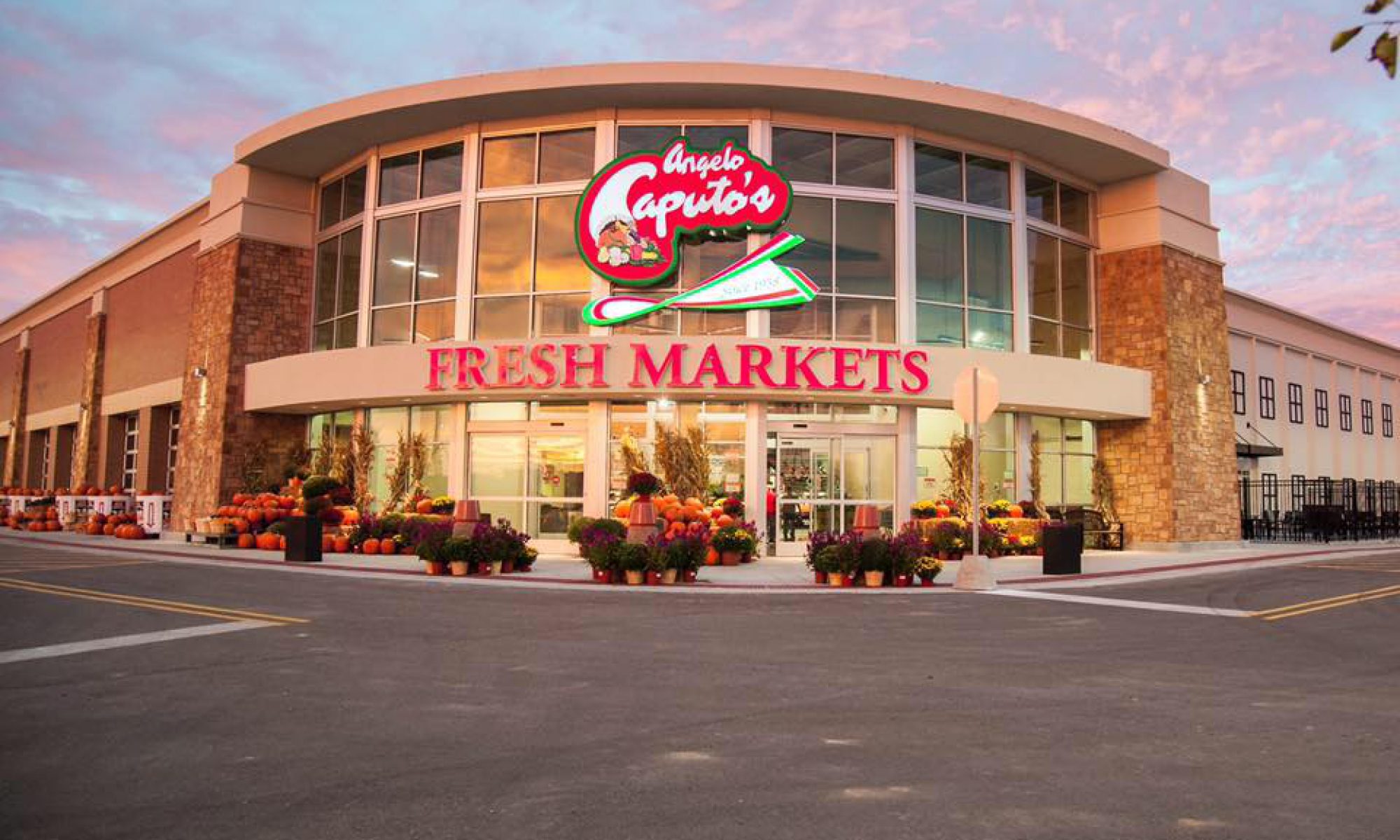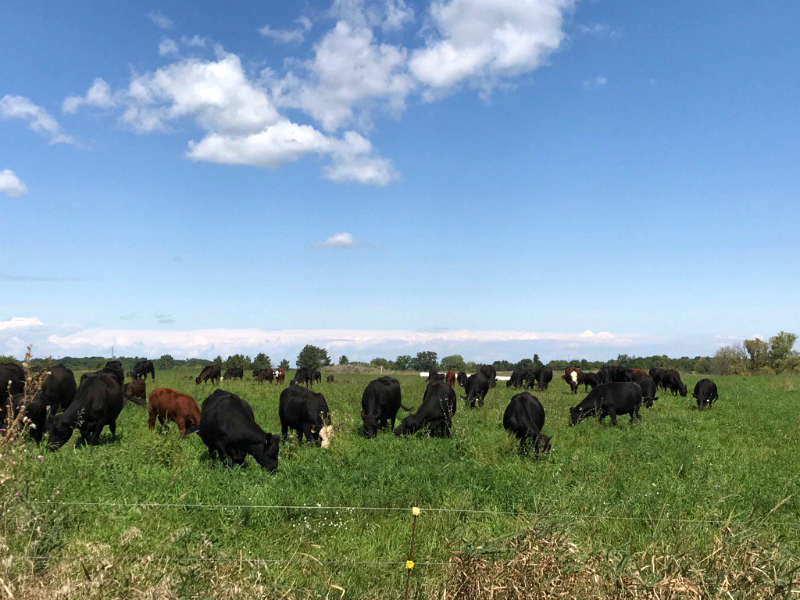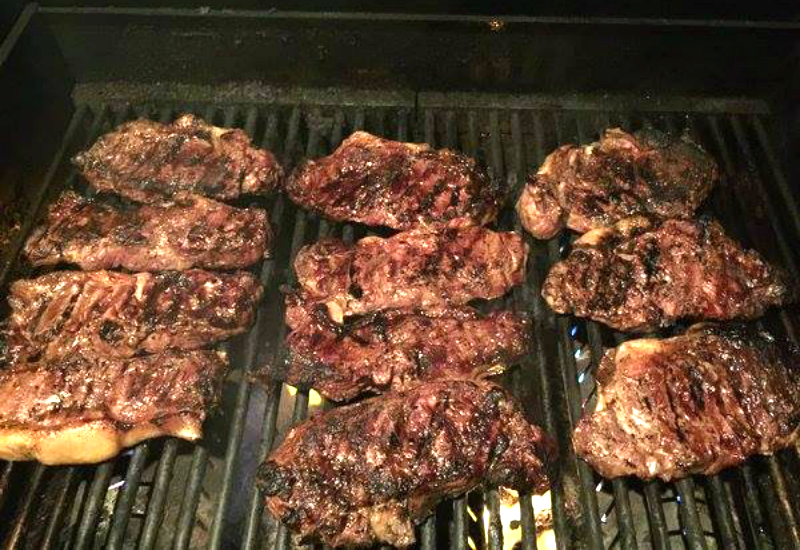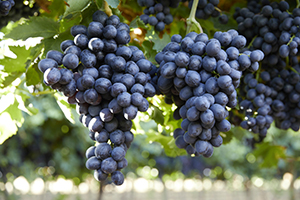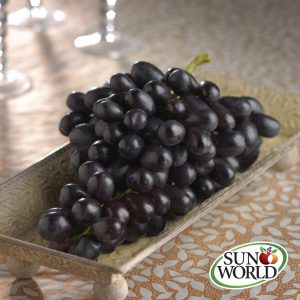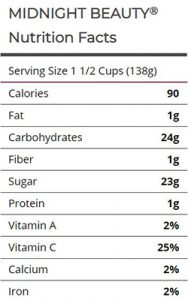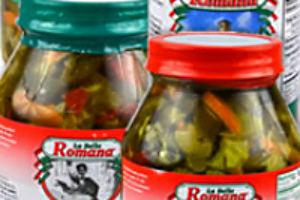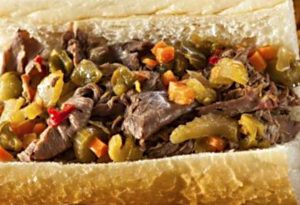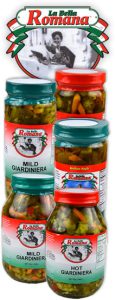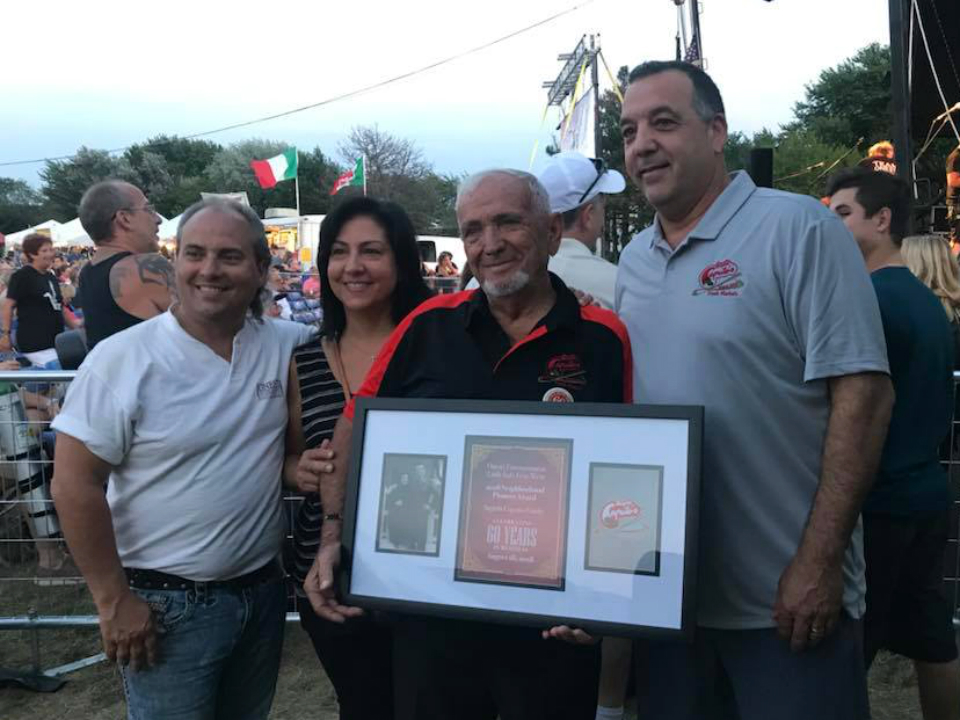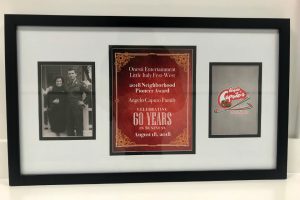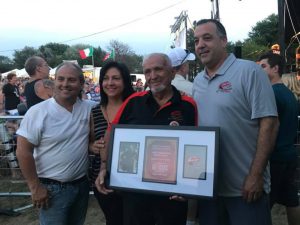At Angelo Caputo’s Fresh Markets, we sell a wide variety of quality fresh meats that are intended to suit the wants and needs of many different consumers. This includes a line of 100% grass-fed beef from Thousand Hills Cattle Company in Minnesota. Now celebrating their 15th year in business, Thousand Hills describes their products as “Beef with Benefits” and also coined the phrase “Lifetime Grazed” which indicates the animals only eat grass for their entire lifetime. According to the folks at Thousand Hills, there is an important point of distinction to be made between truly grass-fed beef and what is allowed to be labeled “grass-fed” beef.
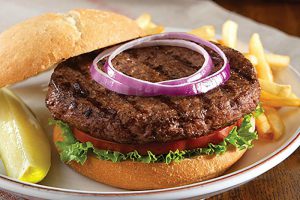 As we have seen happen with labeling for many foods, “grass-fed” has become as much a marketing term—a justification for charging higher prices—as an accurate description of what’s really in the package. Consider that under some circumstances, cattle could be pasture-fed for a period of time and then sent to a feedlot to be “finished” on grain, where they will quickly and cost-effectively reach a hefty slaughter size and weight, and the beef produced could still be labeled grass-fed, as long as the producer obtains the proper approval for labeling it as such. This happens all the time. So if you want the benefits of eating truly grass-fed beef, it pays to ensure that’s what you’re buying. Look for beef labeled 100% grass-fed.
As we have seen happen with labeling for many foods, “grass-fed” has become as much a marketing term—a justification for charging higher prices—as an accurate description of what’s really in the package. Consider that under some circumstances, cattle could be pasture-fed for a period of time and then sent to a feedlot to be “finished” on grain, where they will quickly and cost-effectively reach a hefty slaughter size and weight, and the beef produced could still be labeled grass-fed, as long as the producer obtains the proper approval for labeling it as such. This happens all the time. So if you want the benefits of eating truly grass-fed beef, it pays to ensure that’s what you’re buying. Look for beef labeled 100% grass-fed.
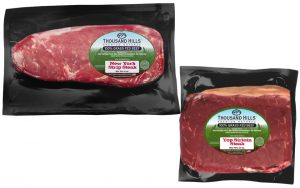 What’s the difference? Our friends at Thousand Hills wish more people would ask that question. It turns out that what the cattle eat can and does affect what we eat when we consume the beef. For example, grass-fed beef contains a much healthier ratio of omega-6 to omega-3 fatty acids than does grain-fed beef. Grass-fed beef also contains much more Conjugated Linoleic Acid (CLA) which is said to help fight cancer and promote weight loss. In simple terms, cows that eat what cows were meant to eat are healthier than cows whose feed is designed to make them larger and heavier.
What’s the difference? Our friends at Thousand Hills wish more people would ask that question. It turns out that what the cattle eat can and does affect what we eat when we consume the beef. For example, grass-fed beef contains a much healthier ratio of omega-6 to omega-3 fatty acids than does grain-fed beef. Grass-fed beef also contains much more Conjugated Linoleic Acid (CLA) which is said to help fight cancer and promote weight loss. In simple terms, cows that eat what cows were meant to eat are healthier than cows whose feed is designed to make them larger and heavier.
Then there are the environmental benefits. The cattle farms utilized by Thousand Hills utilize a practice called rotational grazing, which is the intentional and planned movement of livestock to different “rested” sections of pasture in order to maximize the quality and quantity of forage growth. Rotational grazing on multiple pasture areas enhances bio-diversity on the land and helps build topsoil. Increased topsoil is good for the land and also for the environment at large by increasing carbon sequestration (the capture and long-term storage of carbon dioxide from our atmosphere). Through rotational grazing, the cattle feed on a variety of healthy grasses. Healthier pastures make better food for the cattle, which in the long run means better beef for the consumer.
Speaking of human consumption, 100% grass-fed beef tastes the way beef is supposed to taste—the way beef tasted before grain feeding became the conventional way to raise beef for more profit. Lifetime grass-fed beef is far leaner with a more natural beef taste—and the fat that’s there is healthier fat, as we’ve already discussed. Keto/Paleo diets encourage eating 100% grass-fed products (beef, milk, cheese, butter) because their fat profile is healthier for us.
Does 100% grass-fed beef cost more to produce? Yes. Grass-fed cattle take much longer to reach their slaughter weight. They cost more to feed and because they live up to a year longer than conventional feedlot cattle, their care and upkeep also cost more. On top of all that, in the end, grass-fed cattle weigh less, so each animal yields fewer pounds of beef. All of this translates to a higher cost at the register, but such is the cost of a more humanely raised, healthier, more environmentally friendly food source.
 For all of these reasons, Angelo Caputo’s Fresh Markets carries products from Thousand Hills Cattle Farms at each of our seven locations. If you are looking for quality, 100% grass-fed beef, we think you will be pleased. Please stop in and pick up some today!
For all of these reasons, Angelo Caputo’s Fresh Markets carries products from Thousand Hills Cattle Farms at each of our seven locations. If you are looking for quality, 100% grass-fed beef, we think you will be pleased. Please stop in and pick up some today!
